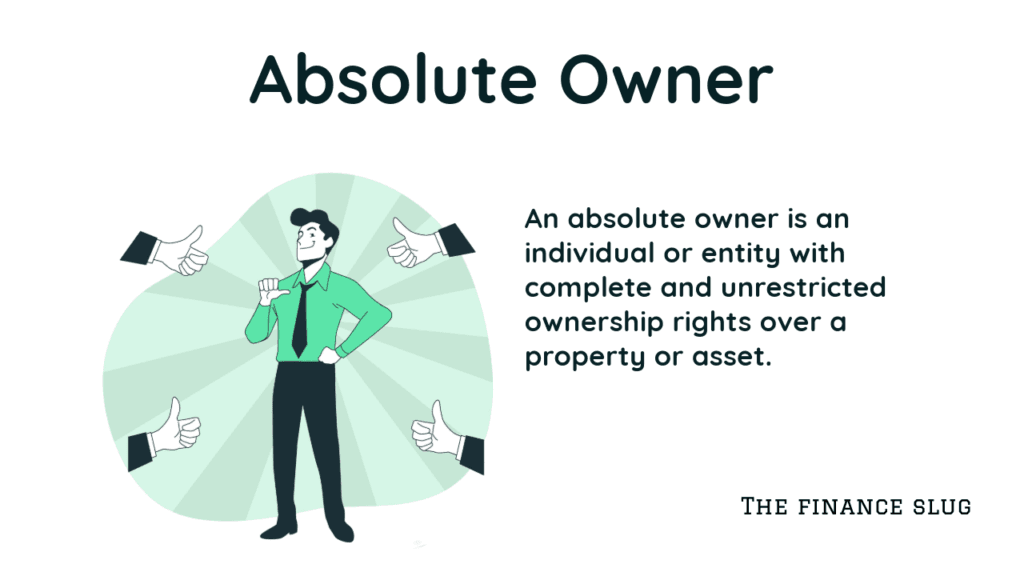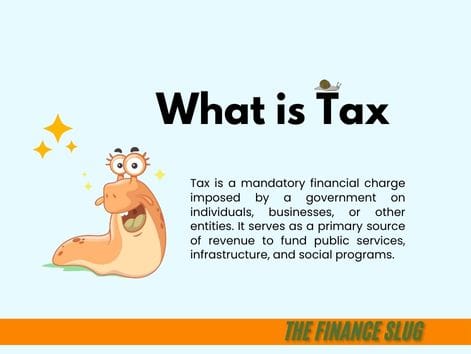
- Definition and Overview
- Types of Account Statements
- Key Components of an Account Statement
- How to Read and Analyze an Account Statement
- Benefits of Regularly Reviewing
- Digital vs. Paper
- How to Obtain and Request
- Common Issues and Discrepancies
- How to Dispute Errors
- Conclusion
- Frequently Asked Questions (FAQs)
Definition and Overview
An account statement is a financial document issued by banks, financial institutions, or businesses that provides a detailed record of transactions over a specific period. These statements help individuals and businesses track their income, expenses, and overall financial health.
Importance in Personal and Business Finance
Account statements are crucial for:
- Monitoring cash flow
- Identifying fraudulent transactions
- Planning budgets and financial goals
- Filing taxes and ensuring compliance with regulations
Whether you’re a business owner or an individual managing personal finances, understanding your account statement is key to maintaining financial stability.
Types of Account Statements
Bank Account Statements
A bank account statement provides a summary of deposits, withdrawals, interest earned, and fees deducted. It helps individuals and businesses reconcile transactions and verify balances.
Credit Card Statements
A credit card statement details purchases, payments, interest charges, and fees. It also highlights the minimum due amount and the due date to avoid penalties.
Investment Account Statements
An investment account statement includes details about stocks, bonds, mutual funds, and dividends. Investors use these statements to analyze their portfolio’s performance.
Loan Account Statements
A loan account statement provides information on outstanding loan balances, interest rates, and payment schedules. It helps borrowers keep track of repayments and avoid defaulting.
Also Read : Accidental Death Benefits: Essential Protection Your Family Needs Now
Key Components of an Account Statement
Every account statement typically contains:
- Account Holder Information – Name, address, and account number.
- Statement Period – The duration covered by the statement.
- Opening and Closing Balance – The account balance at the start and end of the period.
- Transactions List – A detailed breakdown of debits and credits.
Understanding these components helps ensure accuracy and transparency in financial tracking.
How to Read and Analyze an Account Statement
Identifying Key Sections
The layout of an account statement varies by institution, but key sections always include:
- Transaction Date – When the activity occurred
- Description – Details of the transaction
- Amount – Debit (withdrawal) or credit (deposit)
Understanding Credits and Debits
- Credits refer to incoming funds (e.g., salary, refunds).
- Debits refer to outgoing payments (e.g., purchases, withdrawals).
Detecting Errors and Fraudulent Activities
Review your statements regularly to catch:
- Unauthorized charges
- Duplicate transactions
- Unexpected fees
Also Read : Gomyfinance.com Saving Money Tool: Save money like Pro
Benefits of Regularly Reviewing
Checking account statements helps with:
- Financial Planning and Budgeting – Identify spending patterns and set budgets.
- Identifying Fraudulent Transactions – Spot unauthorized activity early.
- Tracking Spending Habits – Adjust financial behaviors accordingly.
Ignoring your statements can lead to unexpected overdrafts and missed fraudulent transactions.
Digital vs. Paper
Pros and Cons of Digital Statements
✅ Convenient access anytime
✅ Environmentally friendly
❌ Risk of cyber fraud
Security Measures for Online Statements
- Enable two-factor authentication (2FA)
- Regularly change passwords
- Use secure Wi-Fi connections
How to Obtain and Request
Online Banking and Mobile Apps
Most banks provide instant access to statements through online portals.
Requesting Physical Copies from Banks
Customers can also request printed copies, but banks may charge fees for this service.
Common Issues and Discrepancies
Common issues include:
- Unauthorized Transactions – Fraudulent activity
- Incorrect Charges – Overbilling or incorrect deductions
- Missing Transactions – Payments not reflected correctly
Also Read : Victoria Bogner Allworth Buffered ETF: Complete Overview
How to Dispute Errors
- Contact Customer Support – Report discrepancies immediately.
- Provide Documentation – Submit receipts or transaction records.
- Follow Up Regularly – Keep track of complaint status.
Legal protections, such as the Fair Credit Billing Act (FCBA) in the U.S., safeguard consumers from errors.
Conclusion
Account statements play a vital role in financial management, helping individuals and businesses maintain control over their money. By understanding how to read, analyze, and manage these statements, you can make informed financial decisions, prevent fraud, and ensure a stable financial future.
Frequently Asked Questions (FAQs)
1. How often should I check my account statements?
It’s advisable to review statements monthly to track transactions and spot errors early.
2. Can I get my bank statement online for free?
Yes, most banks offer free digital statements through online banking.
3. How long should I keep AS.?
Keep statements for at least one year, or longer for tax and legal purposes.
4. What should I do if I find an error in my statement?
Report the issue to your bank or financial institution immediately to initiate a dispute.
5. Are digital AS. safe?
Yes, but use strong passwords and enable two-factor authentication for security.
Stock Market Crash Today: A Bloodbath on Monday – What You Need to Know
Published on financeslug.xyz The global financial markets are reeling from a massive sell-off, and Indian…
Wall Street Bonuses Reach Record $47.5 Billion in 2024, Up 34% from Previous Year
How to Convert Delimited CSV Data into Columns in Excel
CSV (Comma-Separated Values) files are widely used for data exchange, but when opened in Excel,…
Harvard University Announces Free Tuition for Families Earning $200K or Less
Harvard’s New Tuition-Free Policy: What You Need to Know Harvard University has unveiled a groundbreaking…
Eli Lilly’s 1.8B Dollar Investment in Weight Loss Drugs
Ireland’s Weight-Loss Drug Boom: A Game-Changer for Economy and Healthcare Ireland is witnessing a surge…
Forever 21 Files for Bankruptcy Again: The End of an Era in Fast Fashion?
Forever 21, once a staple in American malls and a leader in the fast-fashion industry,…







